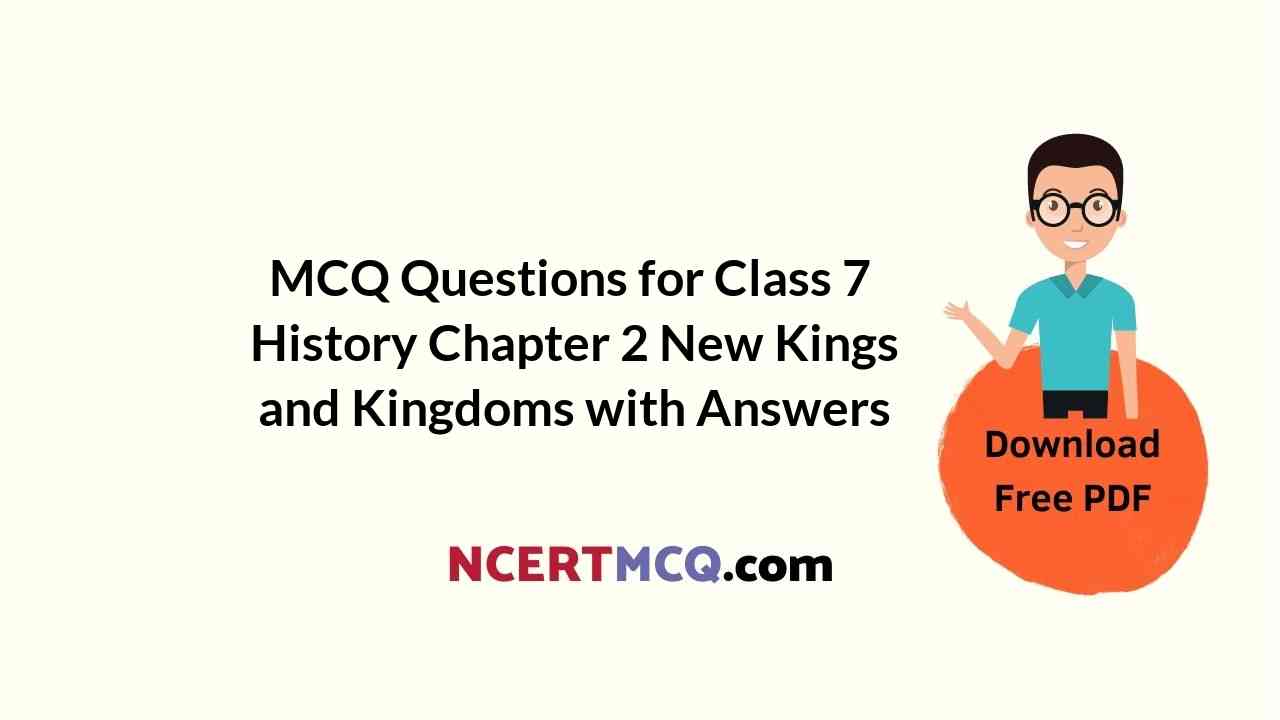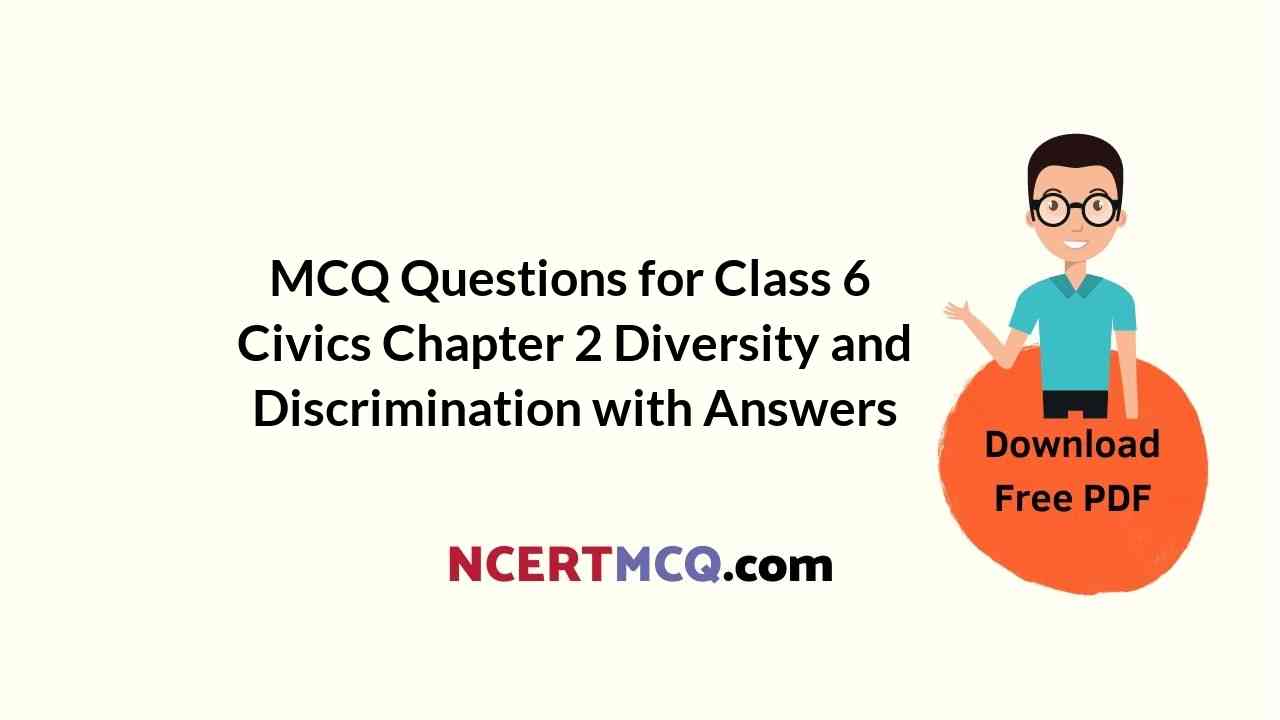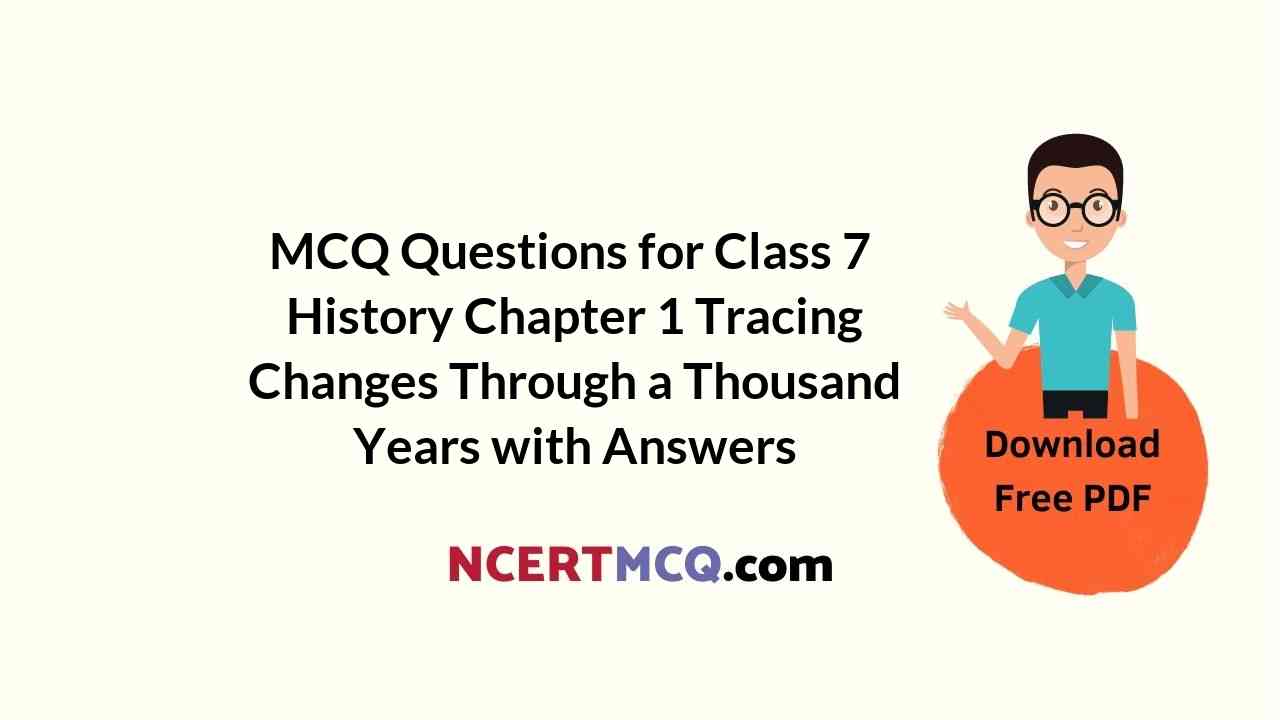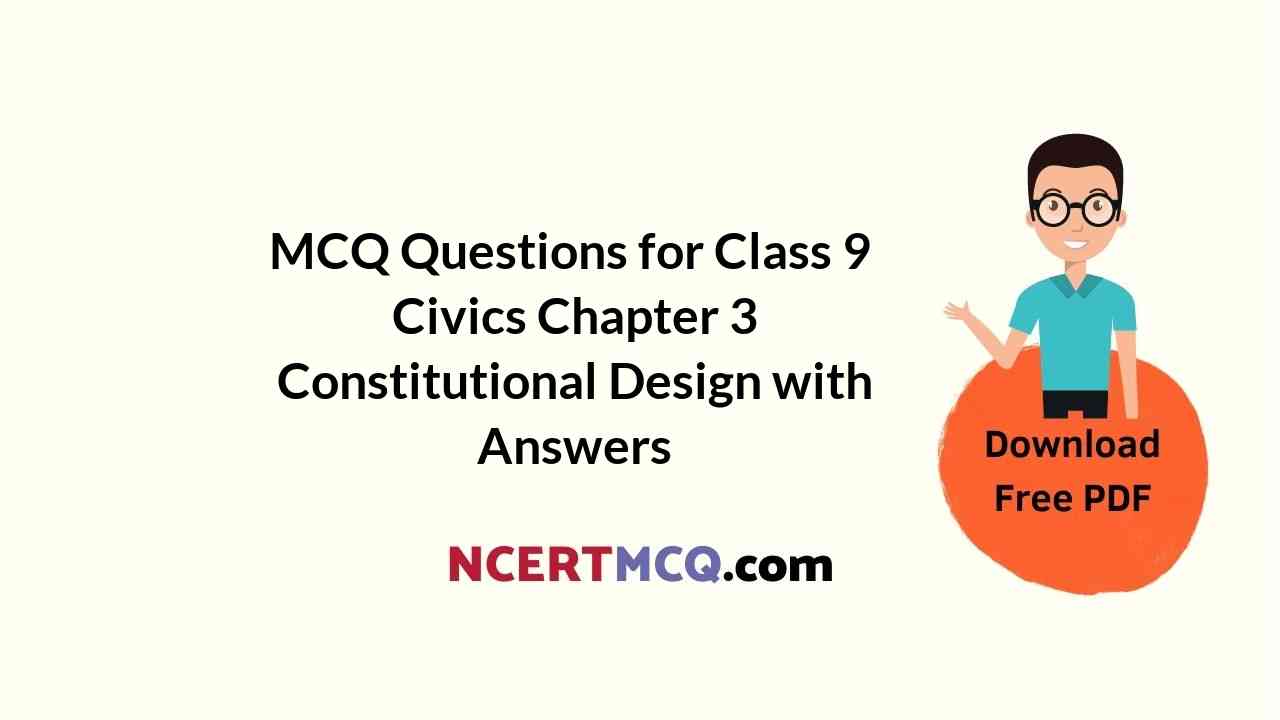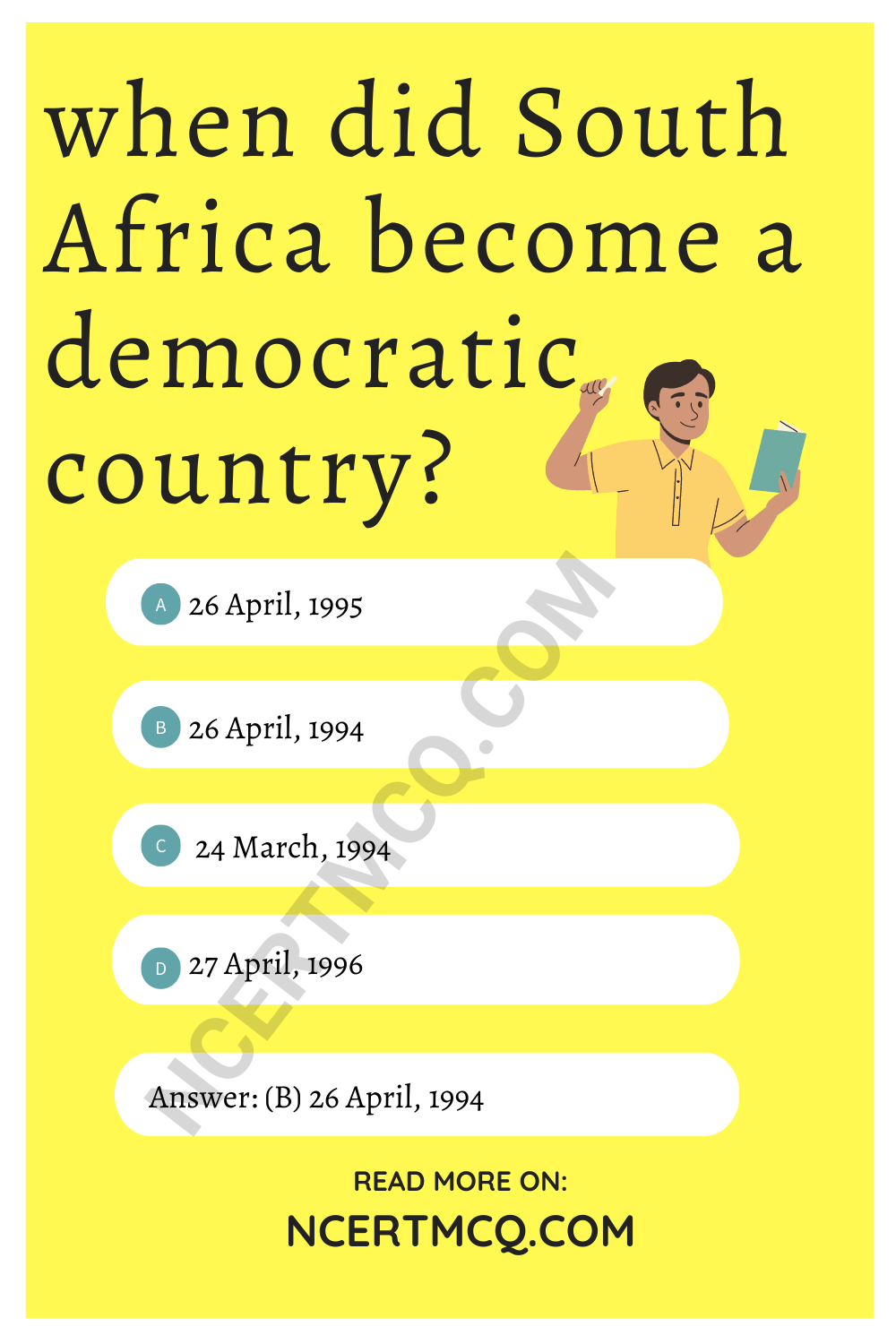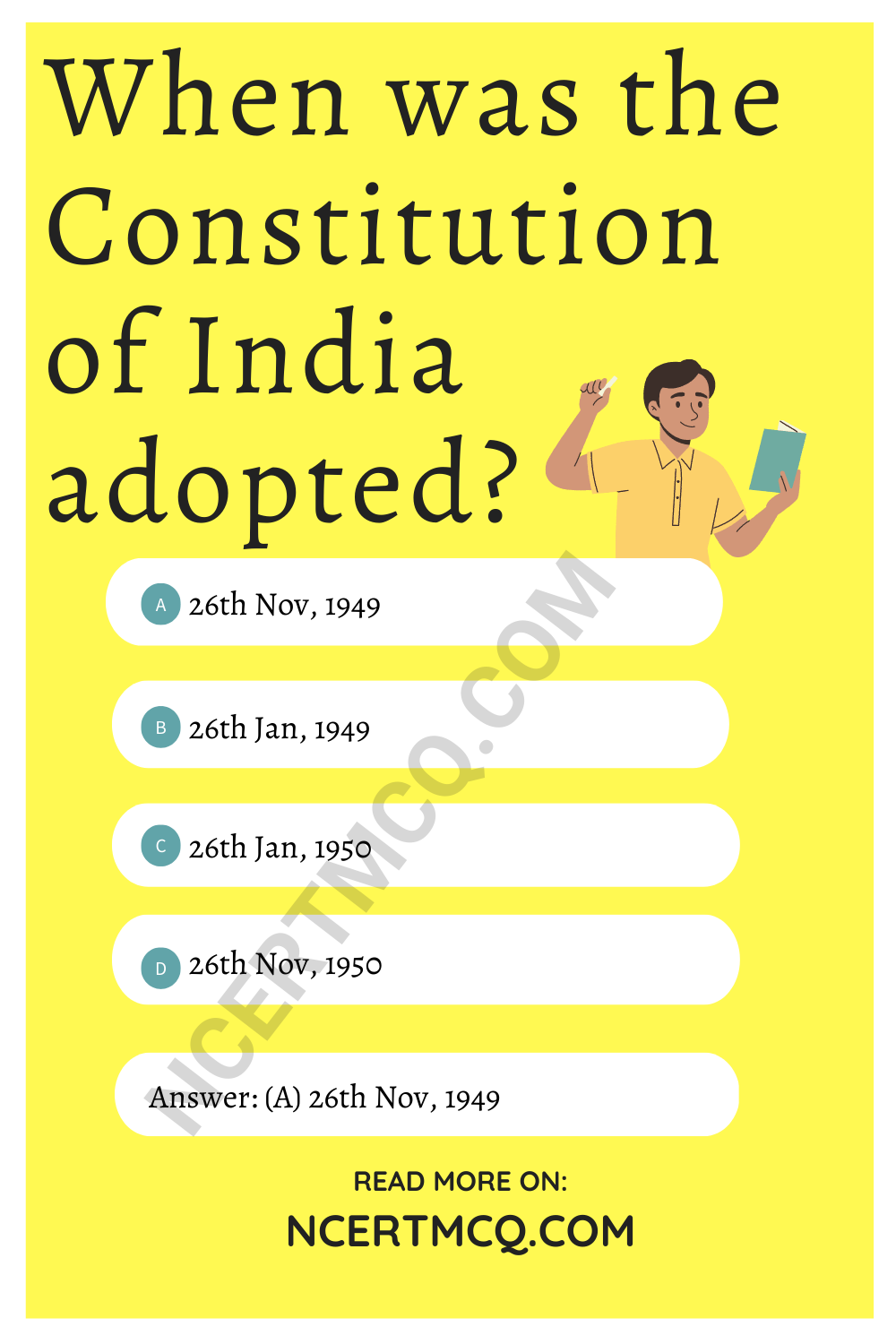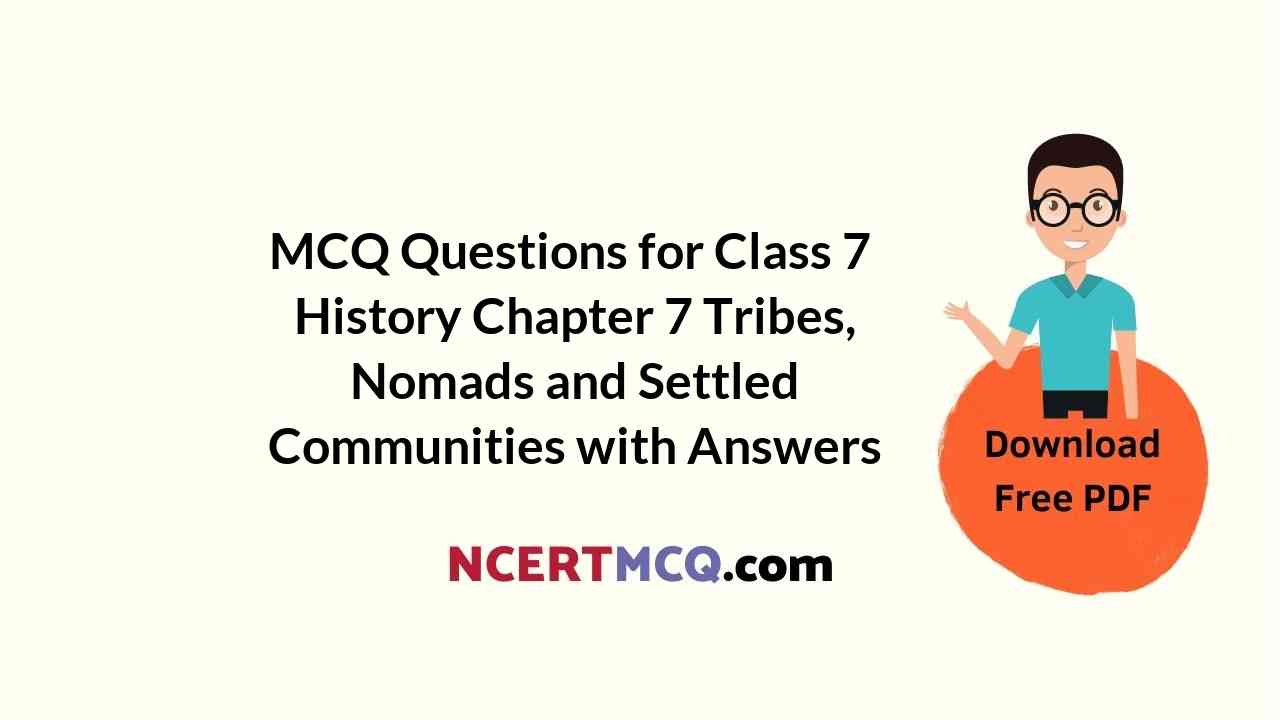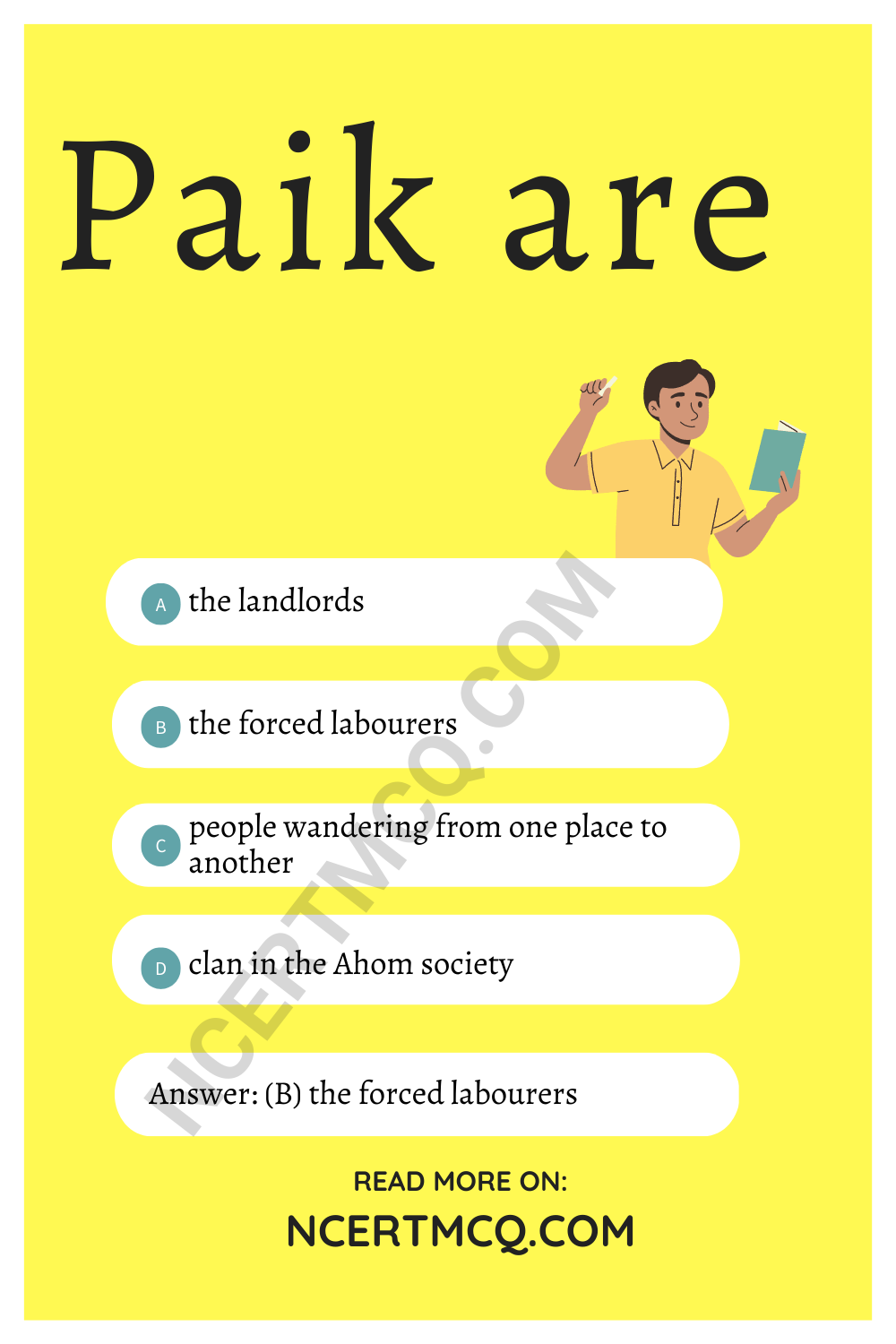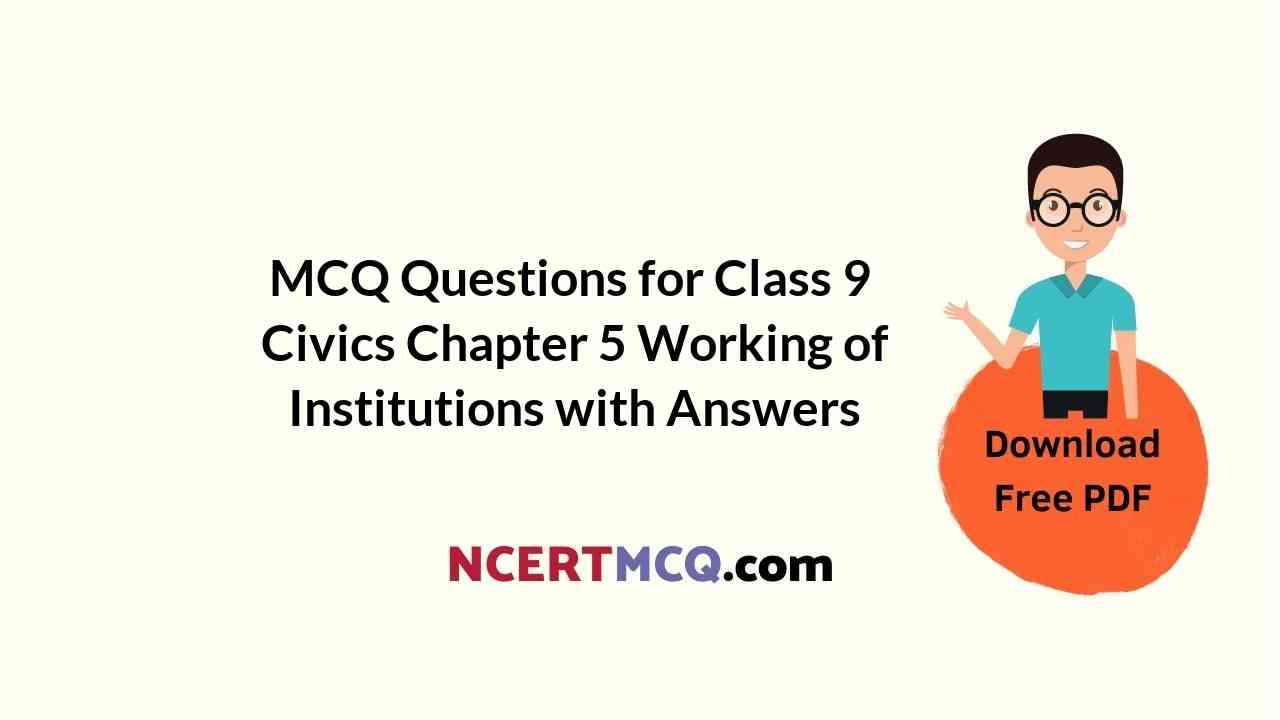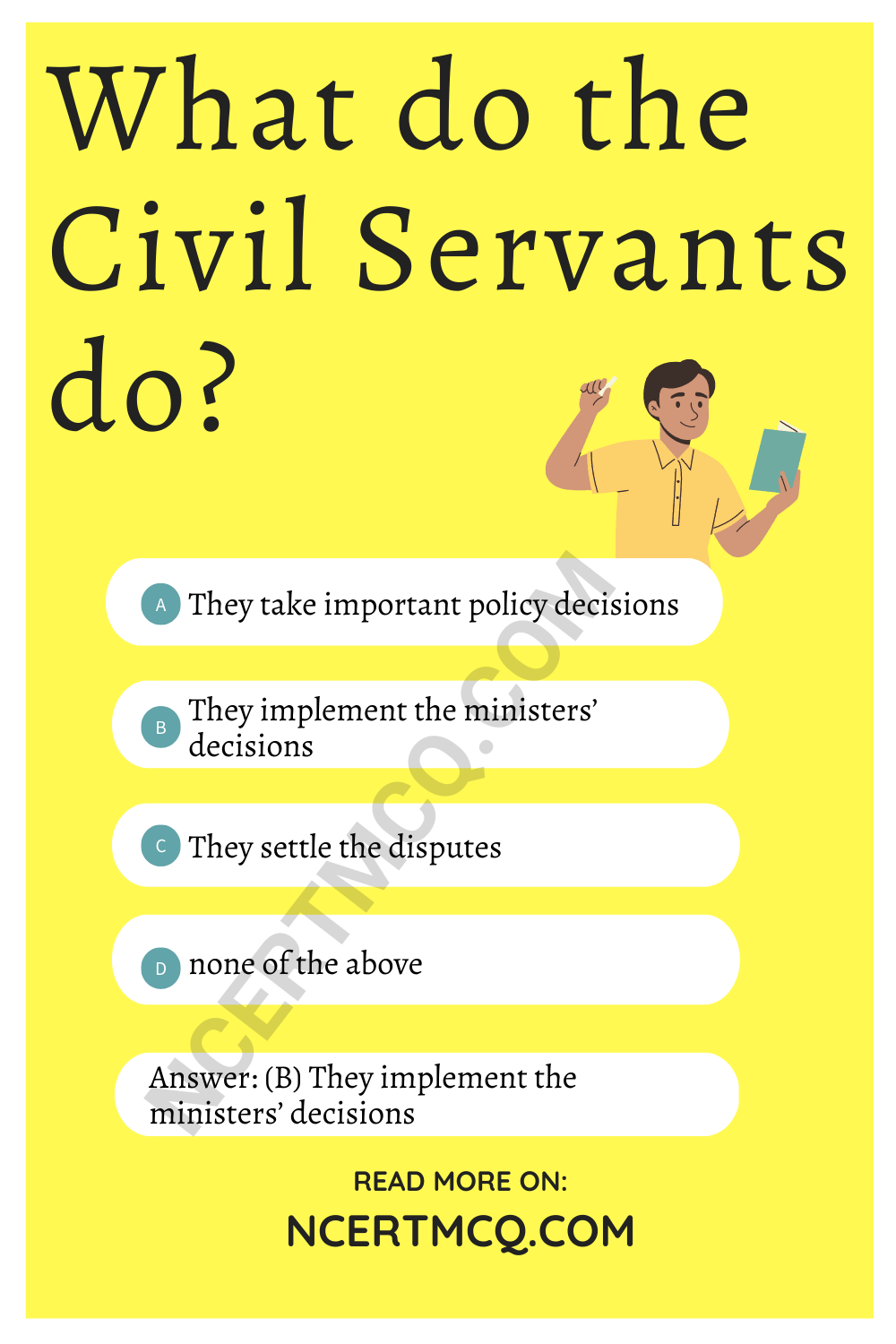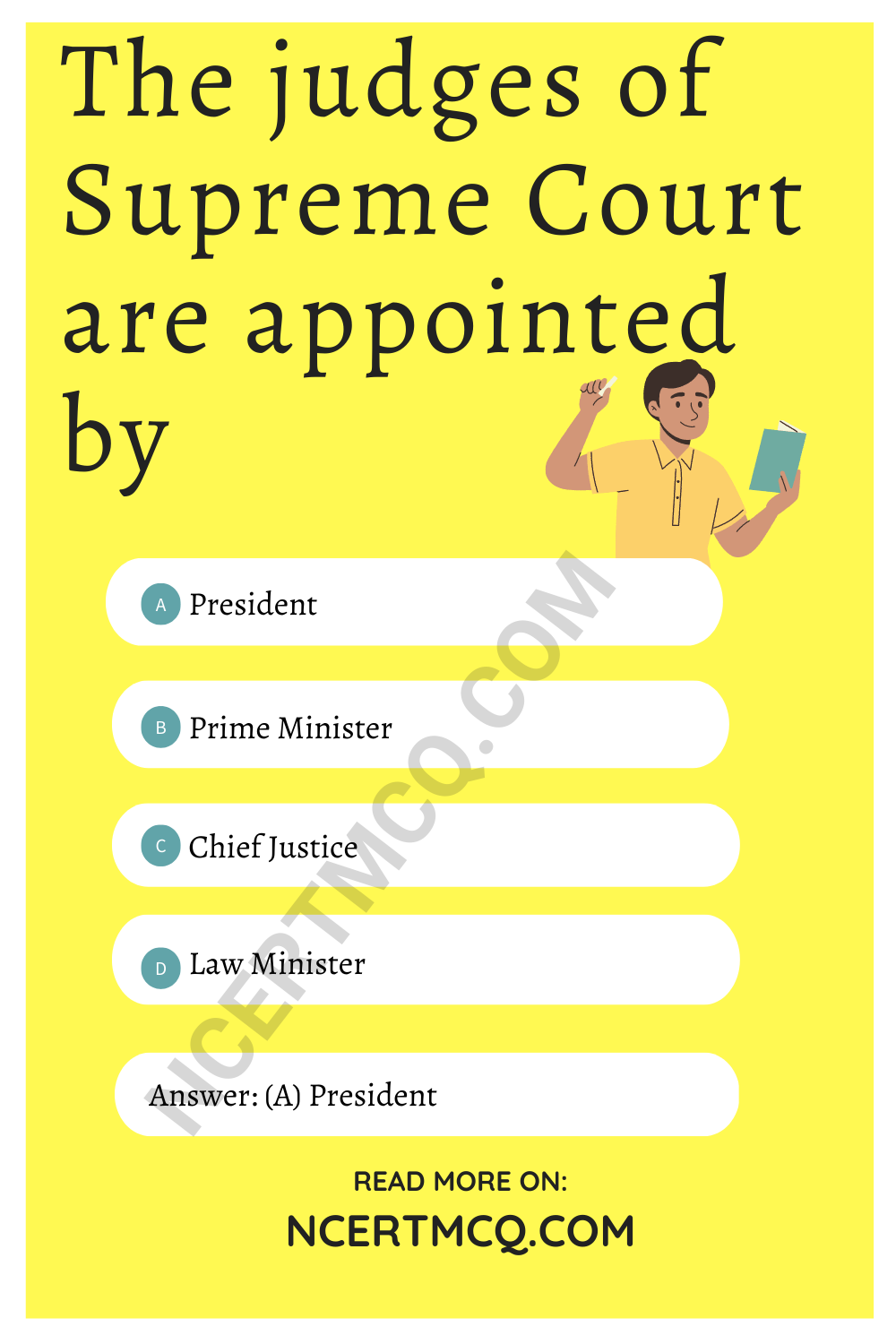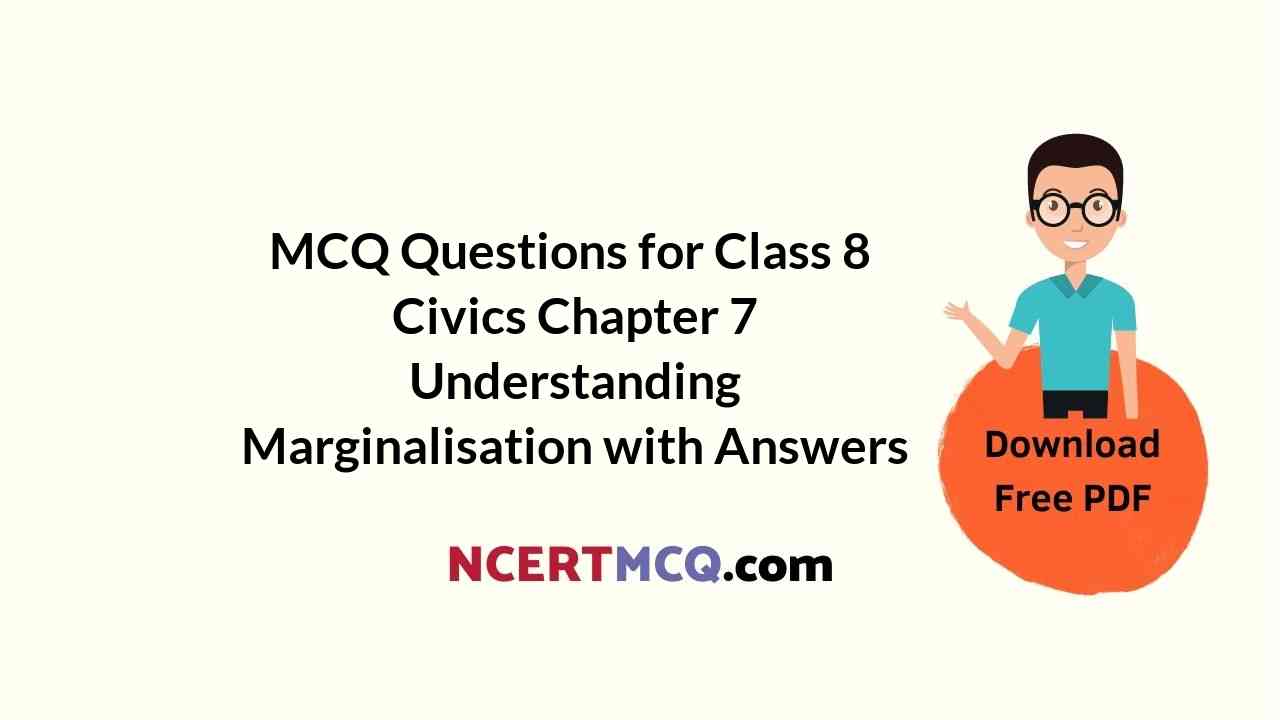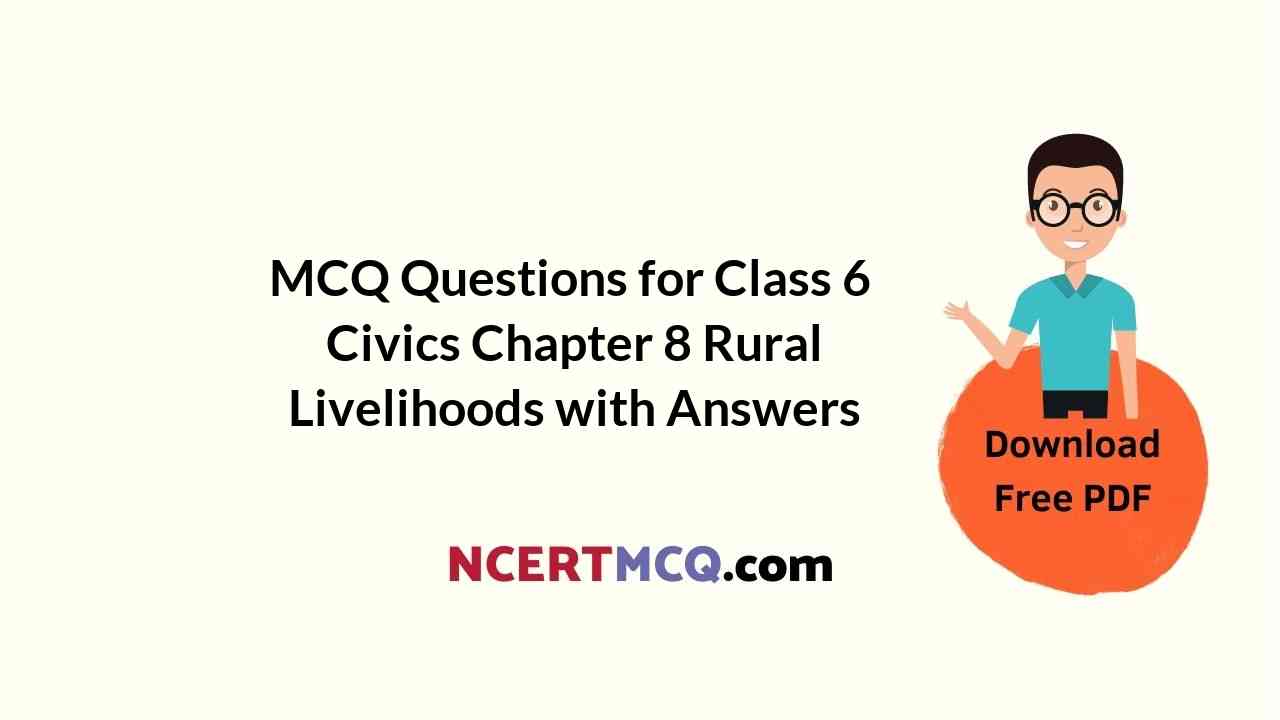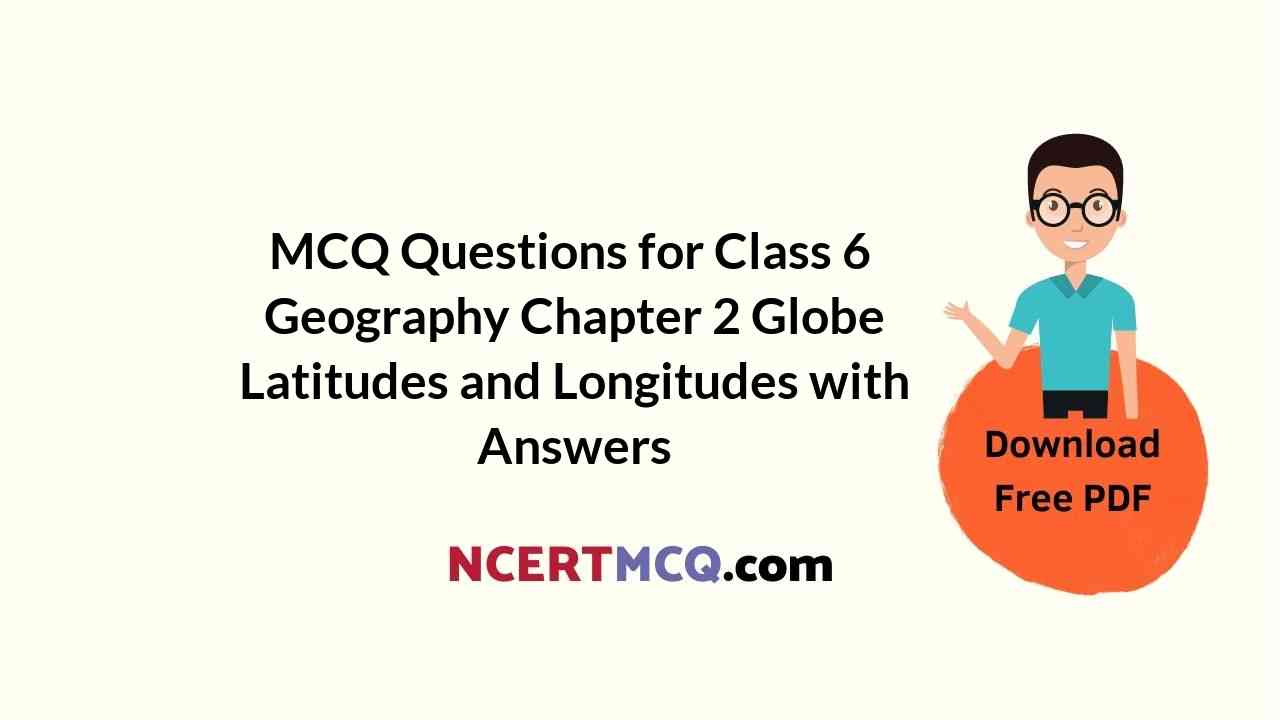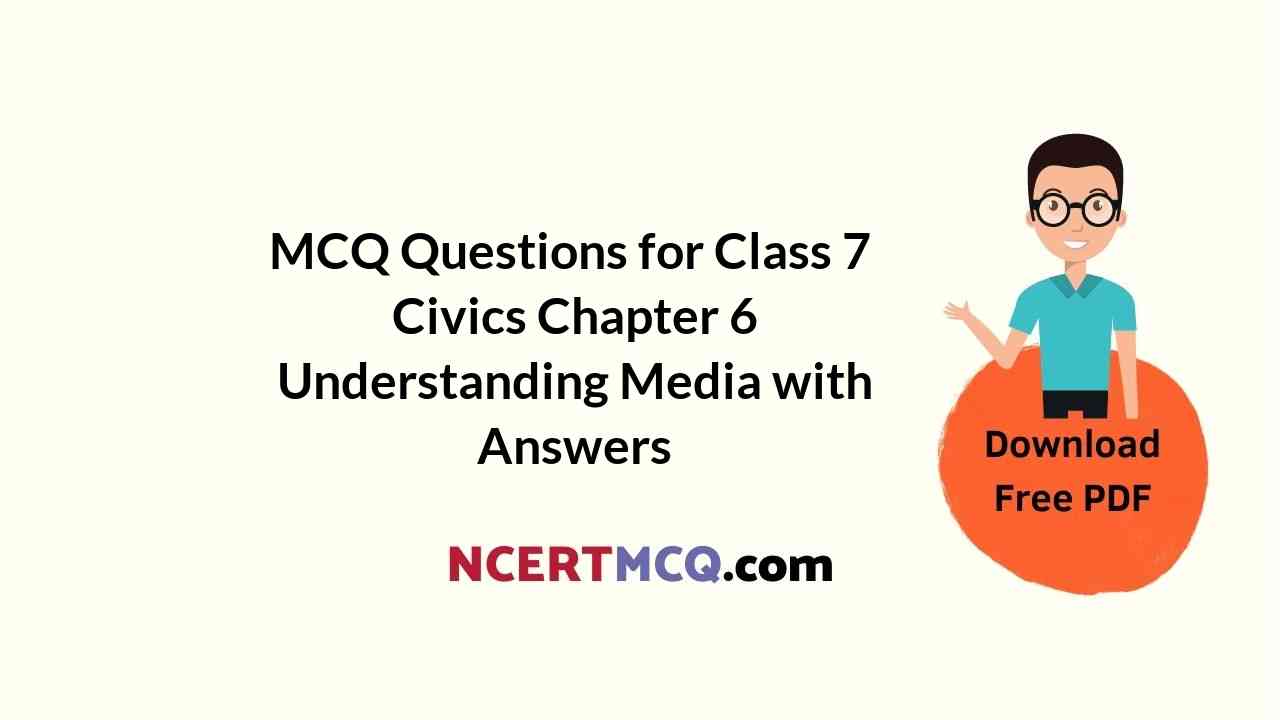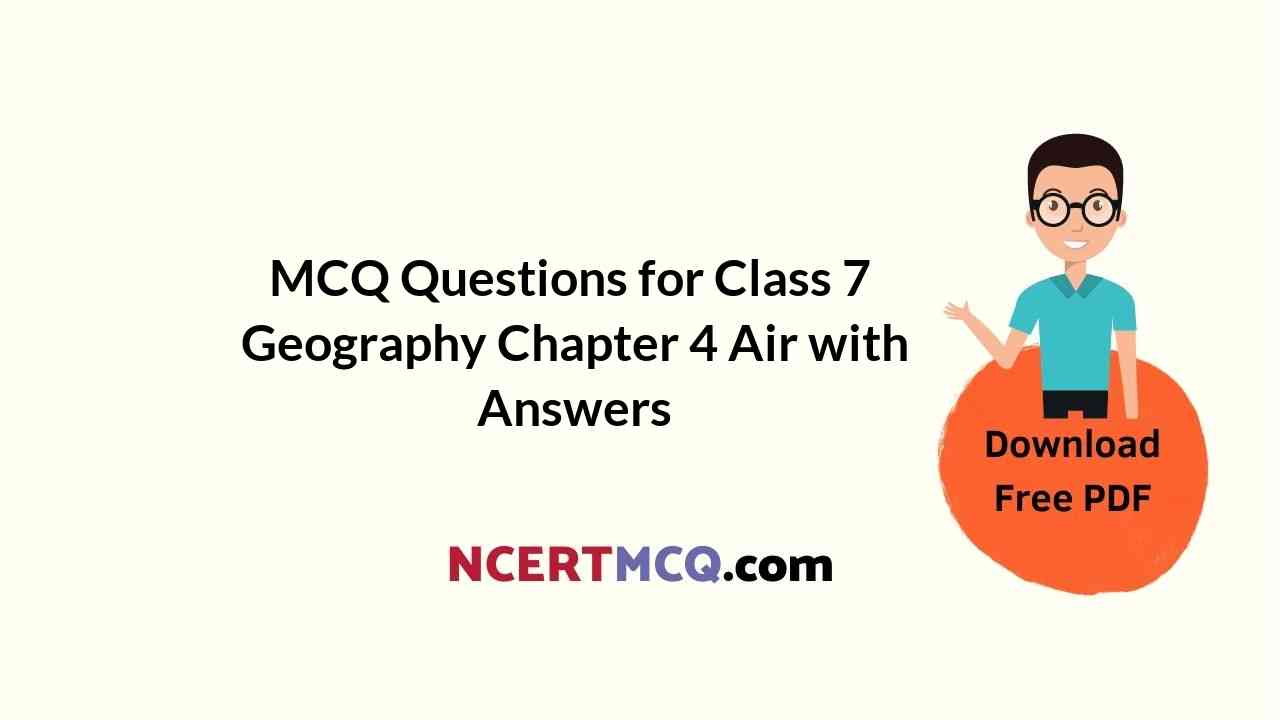Check the below NCERT MCQ Questions for Class 7 History Chapter 2 New Kings and Kingdoms with Answers Pdf free download. MCQ Questions for Class 7 Social Science with Answers were prepared based on the latest exam pattern. We have Provided New Kings and Kingdoms Class 7 History MCQs Questions with Answers to help students understand the concept very well. https://ncertmcq.com/mcq-questions-for-class-7-social-science-with-answers/
Class 7 Social Science History Chapter 2 MCQ With Answers
History Class 7 Chapter 2 MCQs On New Kings and Kingdoms
Class 7 History Chapter 2 MCQ Question 1.
Which new dynasty developed in eastern part of the country?
(a) Cholas
(b) Palas
(c) Chahamanas
(d) Rashtrakutas
Answer
Answer: (b) Palas
New Kings And Kingdoms Class 7 MCQ Question 2.
What was the other name of the great lord of a ‘circle’ or region?
(a) Samantas
(b) Subordinates
(c) Maha-mandaleshvara
(d) King
Answer
Answer: (c) Maha-mandaleshvara
Ncert Class 7 History Chapter 2 MCQ With Answers Question 3.
Who were expected to bring gifts for their kings in 17th century?
(a) Samantas
(b) Overlords
(c) Maha-samantas
(d) Maha-mandaleshvara
Answer
Answer: (a) Samantas
Class 7 History Ch 2 MCQ Question 4.
When were Samantas declared Maha-samantas?
(a) When they bring gifts for their kings
(b) When they provide kings with military support
(c) When they gain power and wealth
(d) None of the above
Answer
Answer: (c) When they gain power and wealth
History Chapter 2 Class 7 MCQ Question 5.
What is the literal meaning of hiranya-garbha?
(a) Rashtrakutas
(b) Dantidurga
(c) Golden womb
(d) Golden deer
Answer
Answer: (c) Golden womb
Class 7th History Chapter 2 MCQ Question 6.
From whom was the Revenue also collected?
(a) Traders
(b) Merchants
(c) Peasants
(d) Artisans
Answer
Answer: (a) Traders
Class 7 History Chapter 2 MCQ With Answers Question 7.
What is Vetti?
(a) Rent
(b) Tax
(c) Revenue
(d) None of these
Answer
Answer: (b) Tax
History Class 7 Chapter 2 MCQ Question 8.
What was the use of money collected from taxes?
(a) To finance the kings’ establishment
(b) Construction of temples and forts
(c) To fight wars
(d) All of these
Answer
Answer: (d) All of these
Class 7 Chapter 2 History MCQ Question 9.
The functionaries for collecting revenue were recruited from
(a) peasants
(b) artisans
(c) traders
(d) influential families
Answer
Answer: (d) influential families
Class 7 History Chapter 2 MCQ Online Test Question 10.
Prashastis tell us how rulers wanted to depict themselves as
(a) leader
(b) valiant victorious warriors
(c) achiever
(d) all of these
Answer
Answer: (b) valiant victorious warriors
Chapter 2 History Class 7 MCQ Question 11.
In which language was the prashasti found in Gwalior written?
(a) Hindi
(b) English
(c) Sanskrit
(d) Urdu
Answer
Answer: (c) Sanskrit
Ncert Class 7 History Chapter 2 MCQ Question 12.
Who was Nagabhata?
(a) Gupta ruler
(b) Chakrayudha
(c) Malava
(d) Pratihara king
Answer
Answer: (d) Pratihara king
History Ch 2 Class 7 MCQ Question 13.
Brahmanas were rewarded by grants of land recorded on
(a) copper plate
(b) iron plate
(c) silver plate
(d) none of these
Answer
Answer: (a) copper plate
MCQ Questions For Class 7 History Chapter 2 With Answers Question 14.
The person who received the land could collect taxes on
(a) betel leaves
(b) woven clothes
(c) vehicles
(d) all of these
Answer
Answer: (d) all of these
New Kings And Kingdoms Class 7 MCQ With Answers Question 15.
Who invaded the Somnath temple in Gujarat?
(a) Akbar
(b) Muhammad Ghori
(c) Mahmud Ghazni
(d) None of them
Answer
Answer: (c) Mahmud Ghazni
Question 16.
Who ruled in Tamil Nadu?
(a) Cholas
(b) Chalukyas
(c) Rashtrakutas
(d) None of these
Answer
Answer: (a) Cholas
Question 17.
From Uraiyur to Thanjavur 5.1.1 Muttaraiyar held power in this delta region:
(a) Kaveri
(b) Krishna
(c) Mahanadi
(d) Godavari
Answer
Answer: (a) Kaveri
Match the contents of Column A with that of Column B:
| Column A | Column B |
| 1. Tribhuvana-Chakravartin | (a) Arabic scholar |
| 2. al-Biiiini | (b) Great lord of a region |
| 3. ur | (c) Land of non Brahmanas |
| 4. Muvendavalen | (d) Peasant serving three kings |
| 5. Vellanvagai | (e) Lord of three worlds |
| 6. Maha-Mandaleshvara | (f) Settlement of peasants |
Answer
Answer:
| Column A | Column B |
| 1. Tribhuvana-Chakravartin | (e) Lord of three worlds |
| 2. al-Biiiini | (a) Arabic scholar |
| 3. ur | (f) Settlement of peasants |
| 4. Muvendavalen | (d) Peasant serving three kings |
| 5. Vellanvagai | (c) Land of non Brahmanas |
| 6. Maha-Mandaleshvara | (b) Great lord of a region |
Fill in the blanks with appropriate words:
1. ………… defeated Md. Ghori.
Answer
Answer: Prithviraja III
2. ………… wrote Kitab al-Hind.
Answer
Answer: al-Biruni
3. Gurjara-Pratiharas, ………… and ………… fought the Tripartite struggle.
Answer
Answer: Rashtrakutas, Palas
4. Temple at Thanjavur was for goddess …………
Answer
Answer: Nishumbhasudini
5. Group of ur formed larger units called …………
Answer
Answer: nadu
6. Most of the Brahmadeya land was in ………… valley.
Answer
Answer: Kaveri
State whether the given statements are true or false:
1. Palas ruled over present state of Tamil Nadu.
Answer
Answer: False
2. Kalhan composed a poem about rulers of Kashmir.
Answer
Answer: True
3. Chahamanas rulers ruled over the regions around Delhi and Ajmer.
Answer
Answer: True
4. In the mid of 8th century Dantidurga overthrew his Chola ruler.
Answer
Answer: False
5. Land for maintenance of a school was called Pallichchhandam.
Answer
Answer: False
6. Land gifted to temples was called devadana.
Answer
Answer: True
We hope the given NCERT MCQ Questions for Class 7 History Chapter 2 New Kings and Kingdoms with Answers Pdf free download will help you. If you have any queries regarding New Kings and Kingdoms CBSE Class 7 History MCQs Multiple Choice Questions with Answers, drop a comment below and we will get back to you soon.
Class 7 Social Science History MCQ:
- Tracing Changes Through a Thousand Years Class 7 MCQ
- New Kings and Kingdoms Class 7 MCQ
- The Delhi Sultans Class 7 MCQ
- The Mughal Empire Class 7 MCQ
- Rulers and Buildings Class 7 MCQ
- Towns, Traders and Craftpersons Class 7 MCQ
- Tribes, Nomads and Settled Communities Class 7 MCQ
- Devotional Paths to the Divine Class 7 MCQ
- The Making of Regional Cultures Class 7 MCQ
- Eighteenth Century Political Formations Class 7 MCQ
